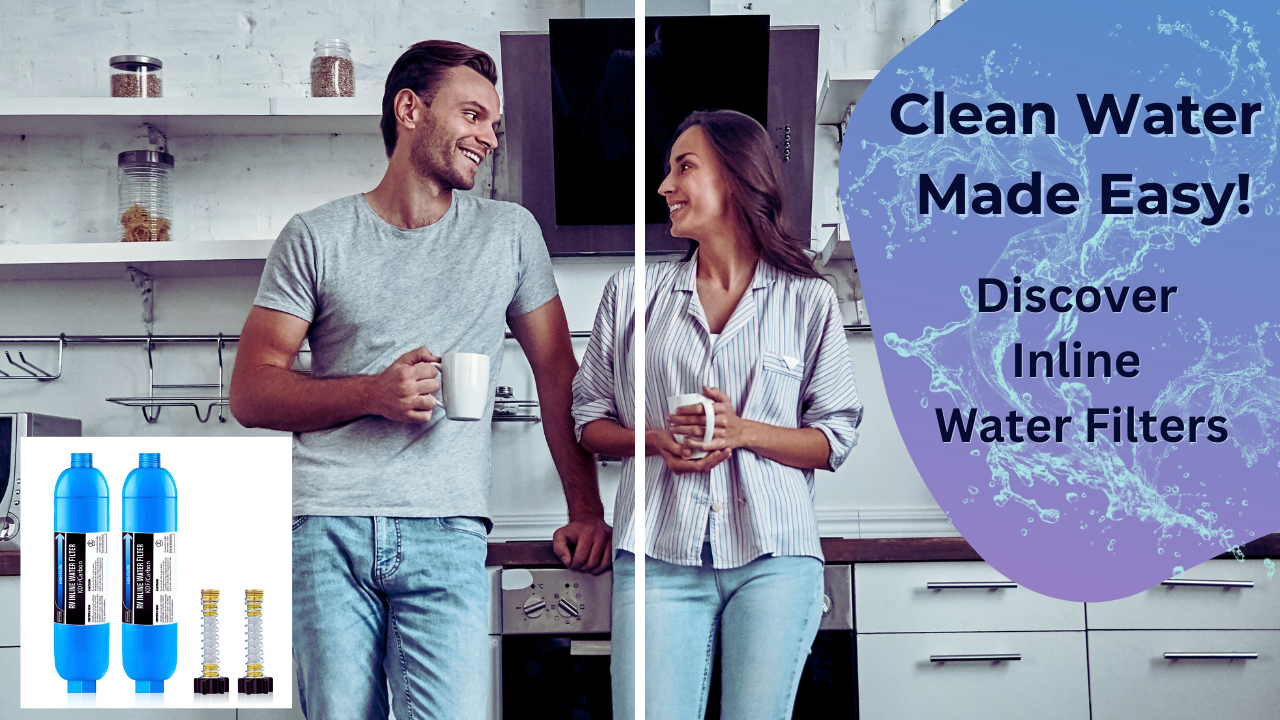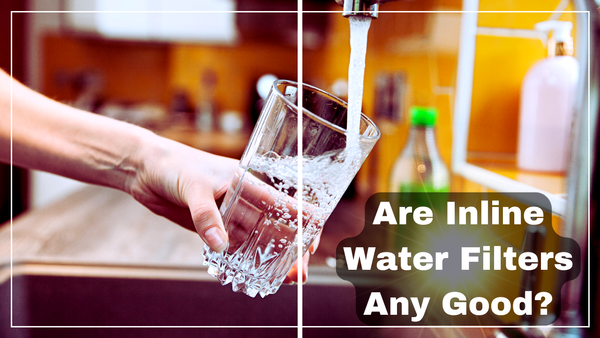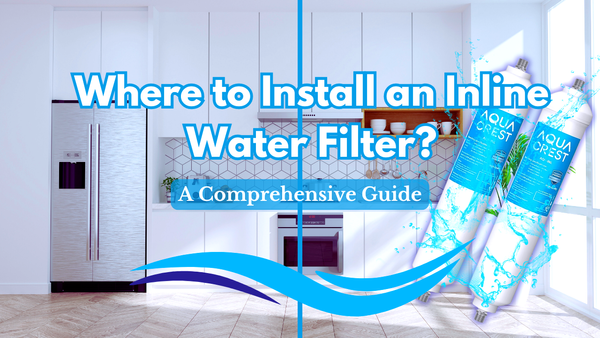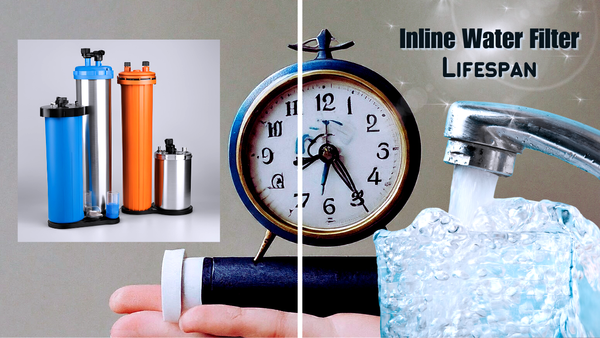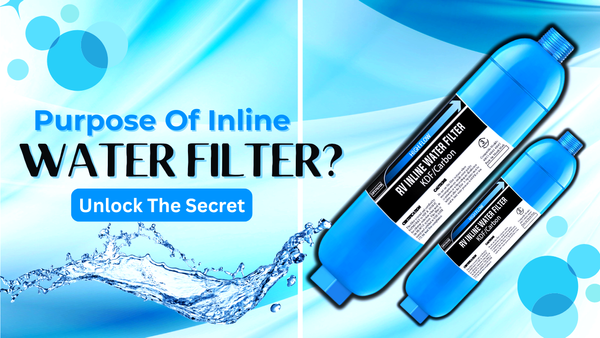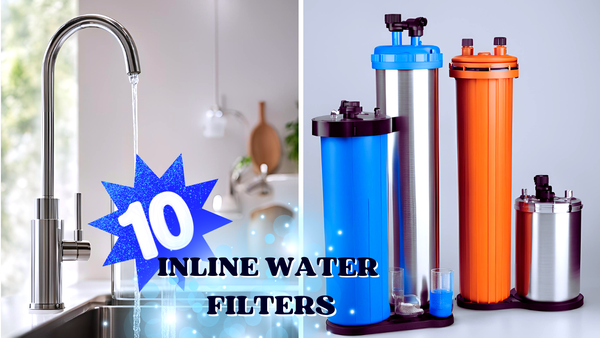Key Takeaways:
- Inline water filters are compact, efficient, and easy to install. They provide high-quality filtered water directly from your faucet.
- They are versatile and can be used in various applications, including ice makers, refrigerators, and whole-house water filters.
- Inline water filters are cost-effective and require minimal maintenance, making them popular for households and businesses.
Inline water filters are a game-changer for anyone looking to improve their water quality without the hassle of bulky systems. These compact devices are installed directly into your water line, providing filtered drinking water straight from your faucet. But what exactly is an inline water filter, and how does it work? Let's dive into the details.
Understanding Inline Water Filters

Inline water filters are designed to be installed directly into your existing water line. They can be placed under your sink, behind your refrigerator, or even in your main water supply line. The primary function of an inline water filter is to remove contaminants from your water, ensuring you have access to clean, safe drinking water.
These filters force water through a filtration medium, trapping impurities and allowing only clean water. The result is filtered drinking water free from harmful substances like chlorine, bacteria, and dirt. Inline water filters are trendy because they are easy to install and maintain, making them a convenient option for many households.
How Inline Water Filters Work
The operation of an inline water filter is straightforward. Water enters the filter through an inlet, passes through the filtration medium, and exits through an outlet as purified water. The filtration medium can vary, but common materials include activated carbon, ceramic, and various synthetic fibers. Each material has its strengths and effectively removes different types of contaminants.
For example, activated carbon removes chlorine and organic compounds, while ceramic filters trap bacteria and other microorganisms. The choice of filtration medium depends on the specific contaminants present in your water supply. By understanding the composition of your water, you can choose the best inline water filter for your needs.
Benefits of Using Inline Water Filters

One of the main advantages of inline water filters is their compact size. Unlike traditional water filtration systems, which can take up a lot of space, inline filters are small and can be installed in tight spaces. This makes them ideal for use in apartments, RVs, and other areas where space is limited.
Another benefit is their efficiency. Inline water filters provide a constant supply of filtered water, so you don't have to worry about emptying containers or waiting for water to be purified. This makes them a convenient option for busy households and businesses that need a reliable source of clean water.
Applications of Inline Water Filters
Inline water filters are incredibly versatile and can be used in a variety of applications. One common use is in refrigerators and ice makers. By installing an inline filter in your refrigerator's water line, you can ensure that the water used to make ice and dispense cold water is clean and free from contaminants.
Another popular application is in whole house water filters. By installing an inline filter in your main water supply line, you can provide filtered water to every faucet in your home. This is particularly beneficial for households with water quality issues, as it ensures that all the water used for drinking, cooking, and bathing is safe and clean.
Installation and Maintenance
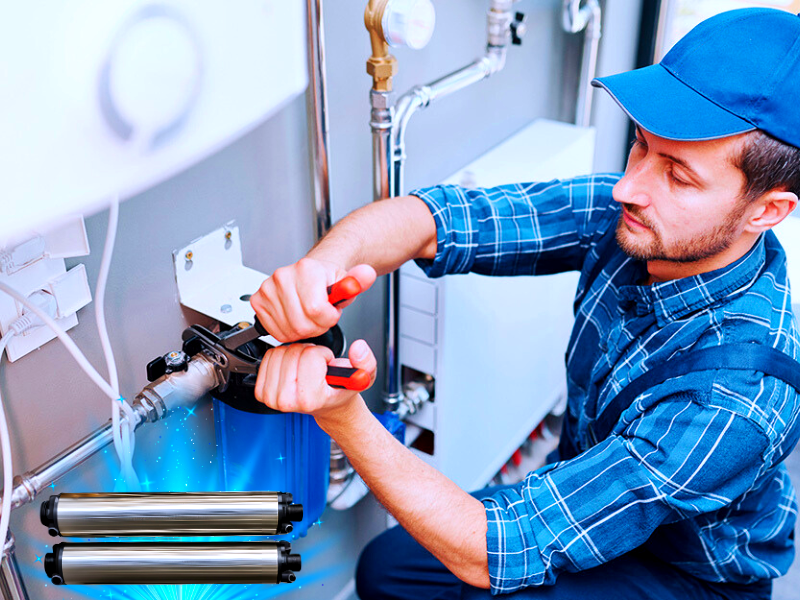
Installing an inline water filter is a straightforward process that can usually be completed in under an hour. Most filters come with detailed instructions and all the necessary hardware, making it easy for even novice DIYers to install. The filter is typically installed in the water line using compression fittings or quick-connect fittings, which provide a secure and leak-free connection.
Maintenance is also simple. Most inline water filters have a replaceable cartridge that needs to be changed every six months to a year, depending on the filter and the quality of your water. Replacing the cartridge is a quick and easy process that ensures your filter continues to provide high-quality filtered water.
Choosing the Best Inline Water Filter
When selecting an inline water filter, there are several factors to consider. First, you need to determine the specific contaminants present in your water. This can be done through a water quality test, which will identify the types and levels of impurities in your water supply. Once you know what you're dealing with, you can choose a filter that is effective at removing those contaminants.
Another important factor is the flow rate. Inline water filters come in different sizes and capacities, so it's important to choose one that can handle the flow rate of your water supply. A filter that is too small may not be able to keep up with demand, while a filter that is too large may be overkill for your needs.
Cost and Value
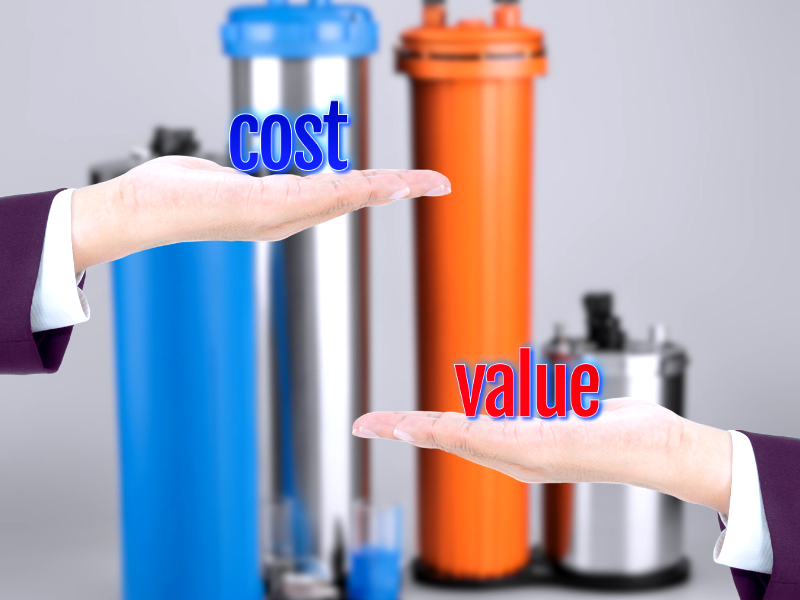
Inline water filters are generally affordable, with prices ranging from $20 to $100 depending on the brand and features. While the initial cost is relatively low, it's important to consider the long-term value. Inline filters are cost-effective because they require minimal maintenance and have a long lifespan. By investing in a high-quality filter, you can save money on bottled water and reduce your environmental impact.
In addition to the financial benefits, inline water filters also provide peace of mind. Knowing that your water is free from harmful contaminants can give you confidence in the safety and quality of your drinking water. This is especially important for families with young children or individuals with health concerns.
Environmental Impact
Using an inline water filter can have a positive impact on the environment. By reducing your reliance on bottled water, you can help decrease the amount of plastic waste that ends up in landfills and oceans. Inline filters also use less energy than traditional water filtration systems, making them a more sustainable choice.
Furthermore, many inline water filters are made from recyclable materials, which means they can be disposed of responsibly at the end of their lifespan. By choosing an eco-friendly filter, you can contribute to a healthier planet while enjoying the benefits of clean, filtered water.
Common Contaminants Removed by Inline Water Filters
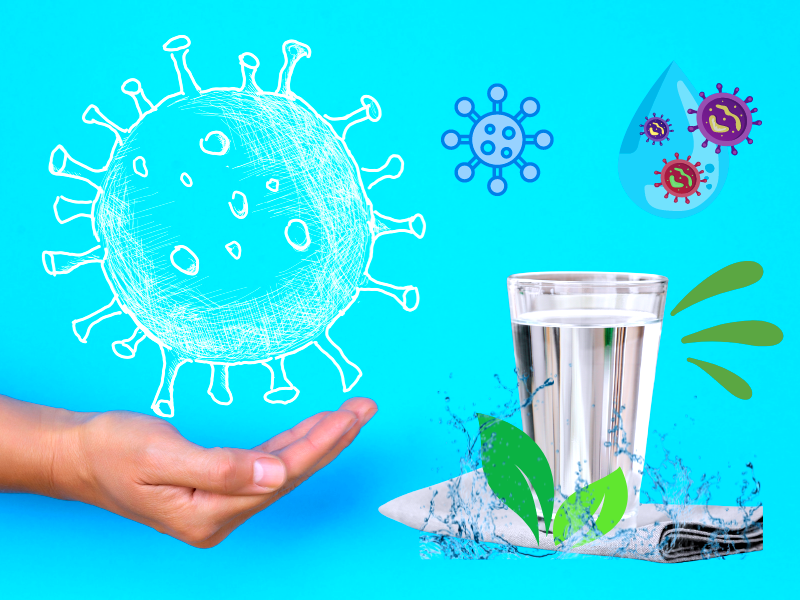
Inline water filters are effective at removing a wide range of contaminants. Some of the most common impurities that these filters can remove include chlorine, sediment, bacteria, and heavy metals. Chlorine is often added to municipal water supplies to kill bacteria, but it can leave an unpleasant taste and odor. An inline filter with activated carbon can effectively remove chlorine, improving the taste and smell of your water.
Sediments, such as dirt and rust particles, can also be removed by inline filters. These particles can cause discoloration and affect the clarity of your water. By trapping sediment, inline filters help ensure that your water is clean and clear. Additionally, certain filters are designed to remove bacteria and other microorganisms, providing an extra layer of protection for your drinking water.
Inline Water Filters vs. Other Filtration Methods
There are several different methods of water filtration, each with its advantages and disadvantages. Inline water filters are often compared to other filters, such as pitcher filters, faucet-mounted filters, and whole-house water filters. One of the main advantages of inline filters is their convenience. Unlike pitcher filters, which require filling and refilling a container, inline filters provide a continuous supply of filtered water.
Faucet-mounted filters are another popular option, but they can be bulky and may not fit all types of faucets. Inline filters, however, are installed directly into the water line, making them a more discreet and versatile choice. Whole house water filters provide comprehensive filtration for your entire home, but they can be expensive and require professional installation. Inline filters offer a more affordable and accessible alternative.
Improving Water Quality in Developing Countries
Access to clean water is a major issue in many developing countries. Inline water filters can be crucial in improving water quality and providing safe drinking water to communities in need. These filters are relatively inexpensive and easy to install, making them a practical solution for areas with limited resources.
By removing harmful contaminants from the water supply, inline filters can help prevent waterborne diseases and improve overall health. Organizations and NGOs working in developing countries can use inline water filters as part of their efforts to provide clean water and improve living conditions for vulnerable populations.
Inline Water Filters for Appliances
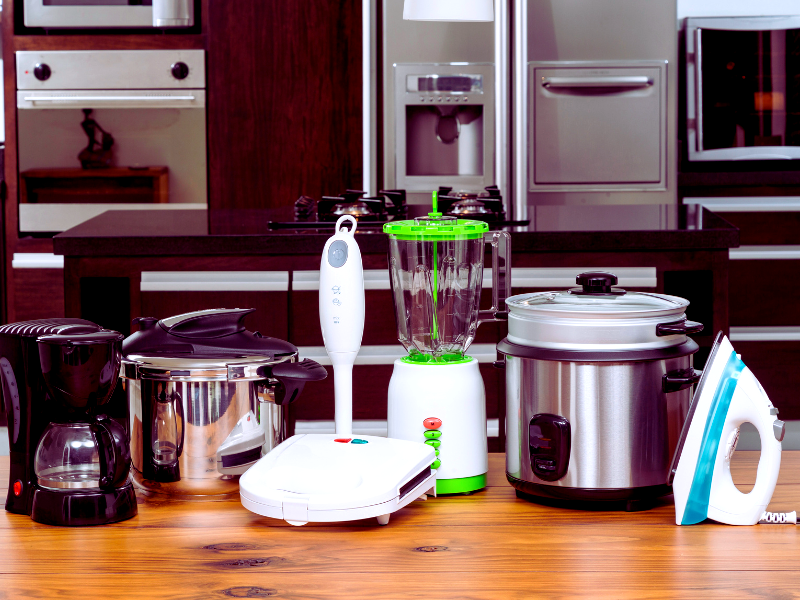
Inline water filters are not just for drinking water; they can also be used to improve the performance and longevity of household appliances. For example, installing an inline filter in your washing machine's water line can help prevent sediment and mineral buildup, which can cause damage and reduce efficiency. Similarly, using an inline filter with your dishwasher can help ensure that your dishes come out clean and free from water spots.
Refrigerators with built-in water dispensers and ice makers can also benefit from inline filters. By filtering the water before it enters the appliance, you can ensure that the ice and water are free from contaminants, improving taste and quality. This can be especially important for households with sensitive palates or health concerns.
Summary
Inline water filters are a versatile and efficient solution for improving water quality in your home. They are easy to install, require minimal maintenance, and provide a constant supply of clean, filtered water. Whether you're looking to improve the taste of your drinking water, protect your appliances, or ensure the safety of your water supply, an inline water filter is a smart investment.
Keep up with the latest water filter tips and offers, and subscribe to our newsletter today!
FAQs
What is an inline water filter?
An inline water filter is a compact device installed directly into your water line to remove contaminants and provide clean, filtered water. These filters can be used in various applications, including under sinks, refrigerators, and whole-house water systems.
How often should I replace the cartridge in my inline water filter?
The cartridge replacement frequency depends on the specific filter and the water quality. Most inline water filters require cartridge replacement every six months to a year. It's important to follow the manufacturer's recommendations to ensure optimal performance.
Can inline water filters remove bacteria?
Certain inline water filters are designed to remove bacteria and other microorganisms. These filters typically use ceramic or other specialized filtration media to trap and eliminate harmful bacteria, providing extra protection for your drinking water.
